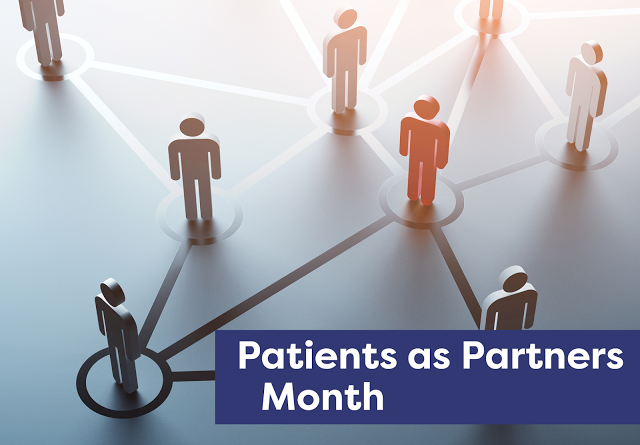Are patient-centric initiatives working in drug development?

Interview with Stella Stergiopoulos, Senior Project Manager at Tufts CSDD
As Senior Project Manager at Tufts Center for the Study of Drug Development, Stella Stergiopoulos manages multi-sponsored and grant funded research projects. Having led a 2016 study on patient-centric initiatives, Stergiopoulos is uniquely placed to assess how well the drug development industry is currently working with patients and how successful new strategies are proving. As part of our Patients as Partners Month, we spoke to Stergiopoulos about the state of patient-centricity in clinical trials today.
What did you hope to discover through the recent study on patient-centric initiatives?
‘In collaboration with the DIA, we had a working group of 17 cross-industry partners, including pharmaceutical companies, CROs, groups such as CTTI, and vendors providing patient engagement support. The objectives of the study were:
- Quantify the impact of patient-centric initiatives using return on engagement metrics by assessing retrospective data and case studies
- Assess the prevalence of specific patient-centric initiatives
- Understand management and organization models supporting implementation
- Identify regulatory guidance and frameworks supporting implementation
We have metrics stratified by four main categories: metrics assessing long-term investment; metrics assessing reach (internal within a company and external to patients); patient feedback; and trial performance metrics.’
Why do you think that patient-centric approaches are so prevalent at the moment?
‘Such approaches are prevalent at the moment, but will continue to grow as patients move from being reactive to their healthcare needs to proactive; steering their needs by becoming more engaged. As patients become more empowered and engaged in their own healthcare, pharmaceutical companies (all stakeholders, actually) must meet their needs. Many of the approaches that are defined as ‘patient-centric’, are methods in which stakeholders are doing just that.’
How well do you think new patient-centric approaches are working across the industry at the moment?
‘This depends on the initiative. Patient advocacy group support and involvement has been terrific and we have seen successes with groups such as PCORI, Omeract and FARA to name a few. Groups such as these have been involved in all aspects of drug development, helping to create better patient reported outcomes and stronger protocols.
Other, less common patient-centric approaches (open protocol design for example) have not yet realized the same success across the board, although we have seen some success stories.’
Where can the drug development industry currently most improve in its approach to patient-centricity?
‘Though the industry has been doing well so far, it could work more on actively listening to the patients. I understand industry concerns about listening on social media sites - regulatory feedback and fears of being too promotional, but it would be terrific if pharma and regulatory agencies could work together to find a way for industry to actively listen to their patients and consumers. Specifically within clinical trials, I think pharmaceutical companies could work more closely with sites to ensure that the patient experience during the trial stays positive.’